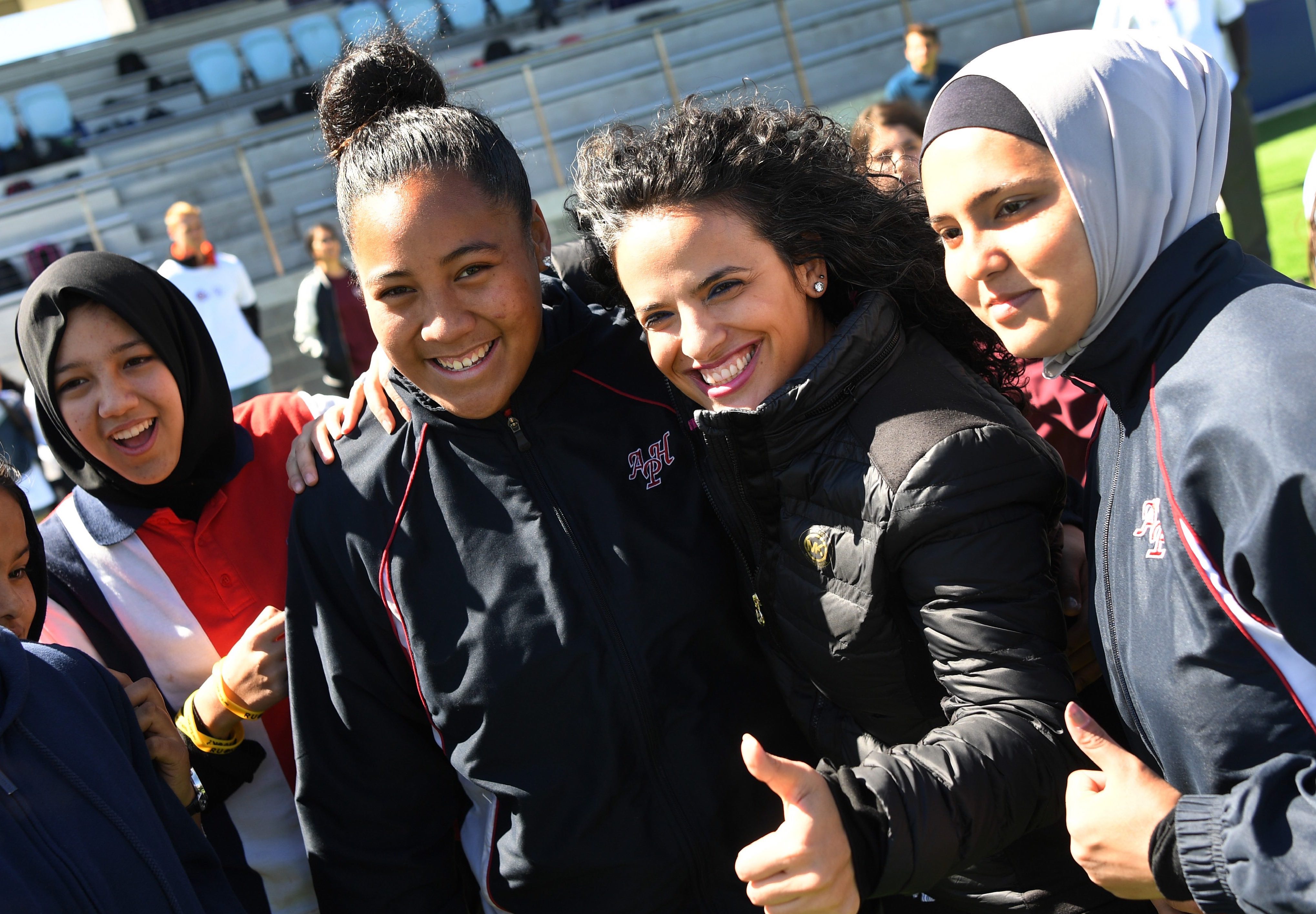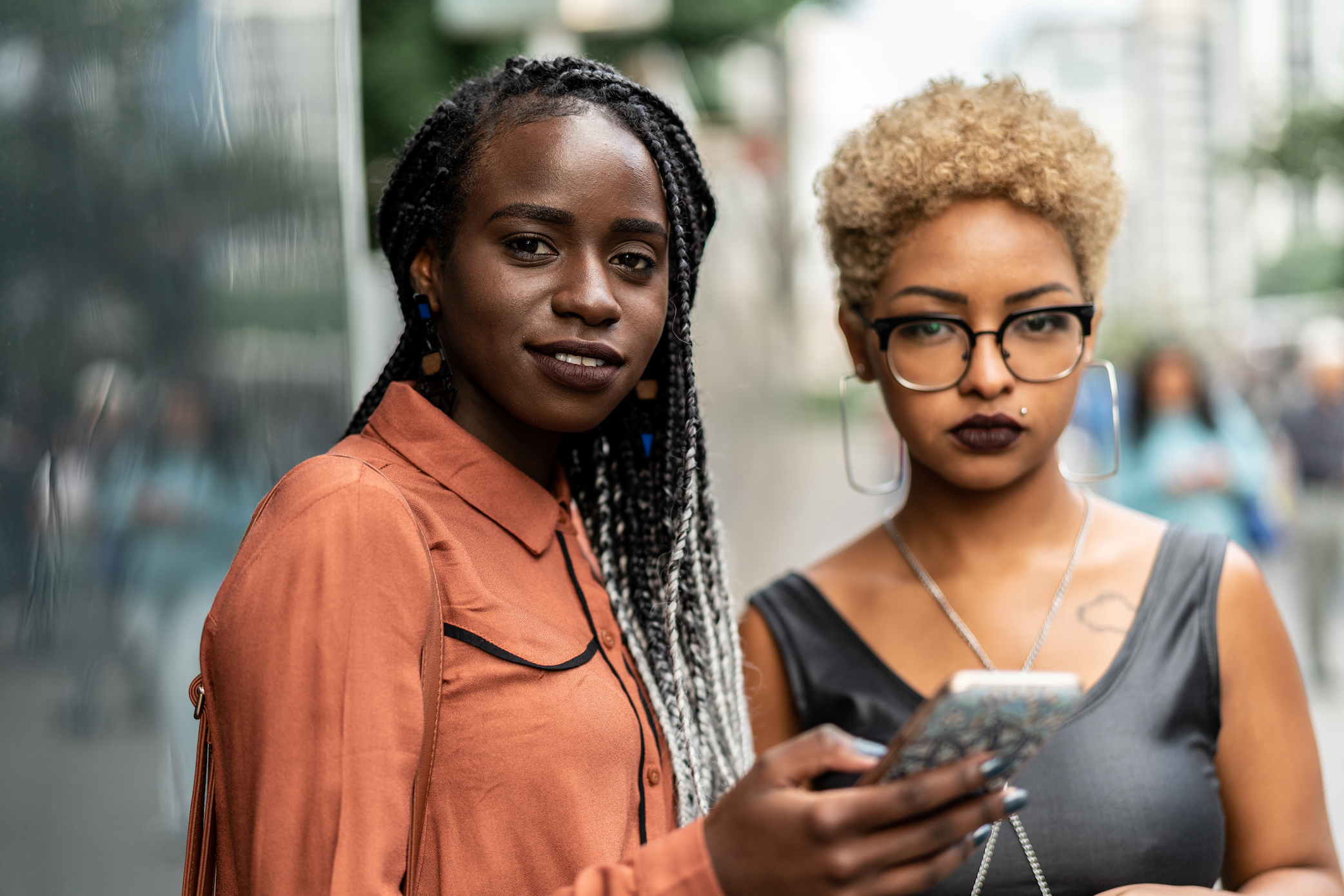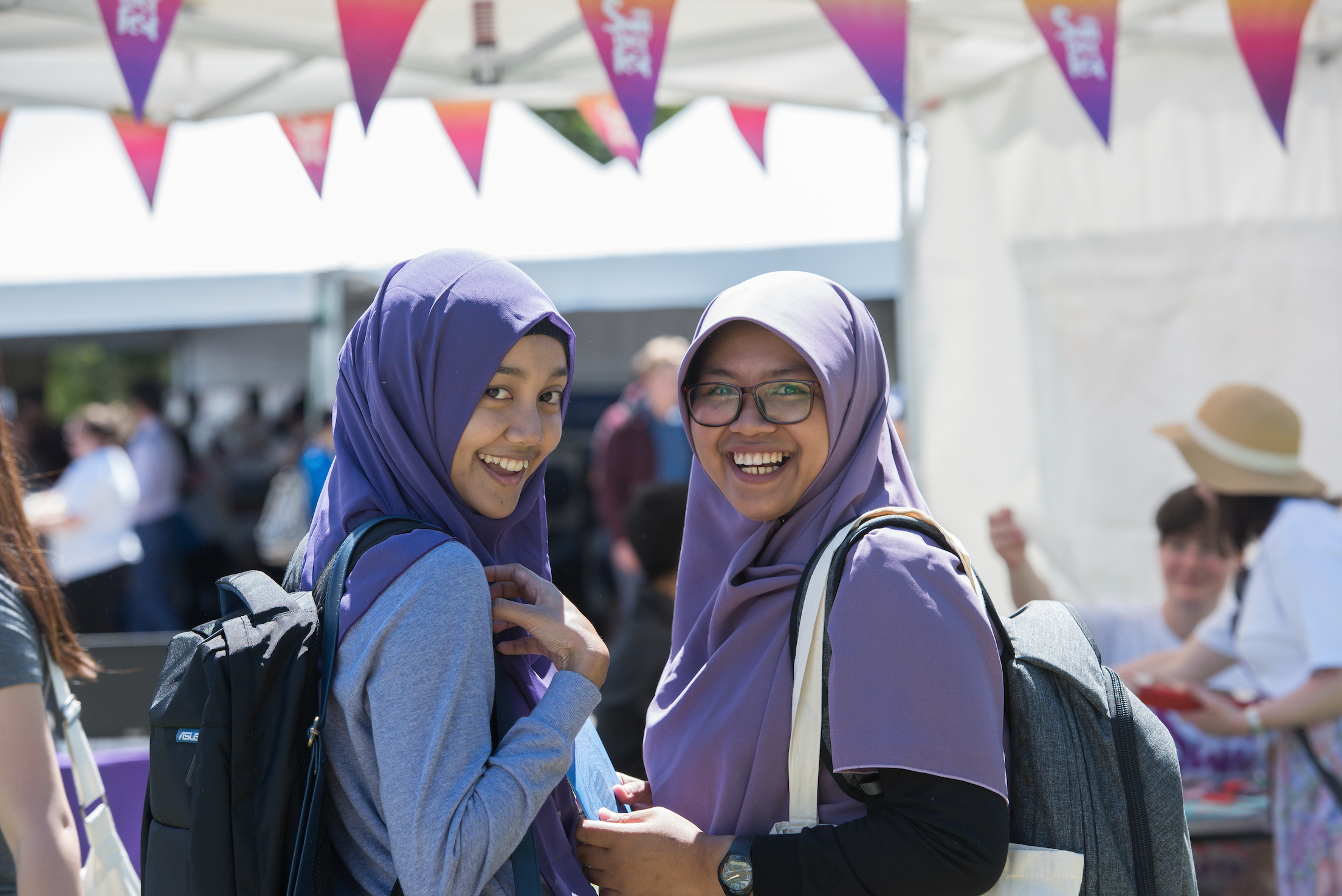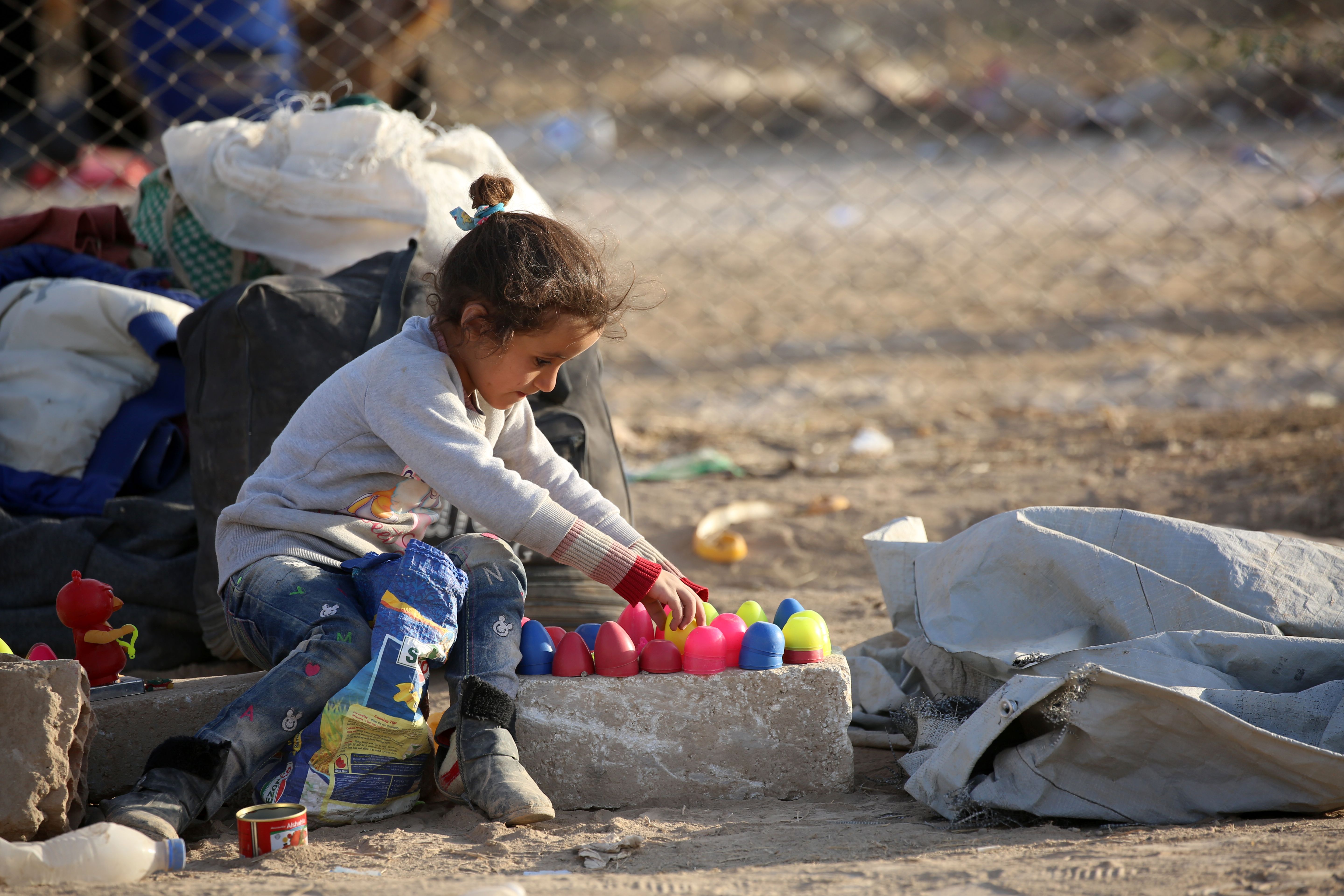
Politics & Society
History repeating: Losing citizenship in India

The first study of young refugees settling in Australia suggests they are adapting well to their new country
Published 5 September 2018
For people fleeing war and persecution, forced migration is an arduous and risky journey. But even for those who find new hope in a different country, adapting to a new culture is a challenge that will test even the most resilient of individuals.
And of the 68.5 million people around the globe displaced by war and political conflict, over half are children or adolescents.
But the good news is that young refugees settling in Australia appear to be adjusting well to their new life.

In what is the first robust investigation of the resettlement experiences of young refugees in Australia, our research found that within two to three years of arrival, the majority are functioning as well as young Australians, based on questionnaires and surveys completed by adolescents themselves, or in the case of younger children, their caregivers.
To assess how young refugees are adjusting, our team used data from the Building a New Life in Australia (BNLA) study, a large population-based longitudinal cohort study of resettled refugees and their families, most of whom had been granted permanent humanitarian visas.
From October 2015 to February 2016 the BNLA study collected information from caregivers of 694 child and adolescent refugees, aged five to 17, that covered a range of settlement outcomes.

Politics & Society
History repeating: Losing citizenship in India
We found that across ages and gender, 76 per cent to 94 per cent of young refugees were functioning within normal ranges according to a widely used measure of children’s adjustment – the Strengths and Difficulties Questionnaire.
Indeed, when we compared these adjustment outcomes to matched young people in the Australian community, we found that young refugees overall had similar or better adjustment levels. In some instances, for example in reporting conduct problems or hyperactivity/inattention, young refugee boys are experiencing less difficulties than Australian norms.
A contrary finding though was that refugee girls aged 14 to 17 did report lower overall adjustment.
In addition, refugees across all ages and genders in this study did report experiencing more difficulties with peers than Australian norms.
In the context of positive adjustment reported overall, this latter finding was a surprise, and is an area that warrants further exploration – are peer problems an extension of stress related to the challenge of adapting to a new culture, or does social exclusion play a role?
The research team also looked at adjustment from the perspective of four important domains known to influence child well-being – individual, family, school, and community factors.
Importantly, we found that better-rated physical health and school achievement were associated with better adjustment overall, while hostile parenting styles and school absenteeism were associated with poorer adjustment.

These risk and protective factors provide a valuable insight into how we can better support refugees in new countries, suggesting for example a focus on strategies that support parenting, promote physical health and encourage school participation and achievement.
These factors highlight that adjustment is shaped by many elements and can accordingly inform policy makers, practitioners, and researchers working to promote adjustment in young refugees.
Is the overall positive adjustment experience of young refugees that we found, unique to Australia? We think our findings suggest there is a high level of resilience among young refugees. But there are other potential reasons for this positive outcome.

Politics & Society
No country, no rights, no hope
Our findings could be telling us that refugees experience a period of stabilisation following an abating of initial stressors associated with resettlement, such as language acquisition, housing concerns, and settling into school.
Furthermore, there may be unique factors related to the process of Australia’s refugee intake.
For instance, most refugees in this study were granted a permanent humanitarian visa, and the majority of young refugees in this sample arrived accompanied through a humanitarian pathway in which they were granted a protection visa before their arrival and which potentially helps to keep families together.
Positive adjustment may also be related to the employment of effective resettlement policies, practices, and interventions provided for this group at this stage of the migration journey.
Overall our study confirms that young refugees who are permanently resettled in Australia generally adjust well to their new lives following adversity associated with forced migration.

But we need to continue efforts to identify young refugees in need of mental health support in the settlement phase, and there is plenty more that can be done to identify vulnerabilities and support well-being and adjustment in young refugees.
Our findings certainly need to be considered in an Australian context of early settlement and cultural adaptation, but they could have implications for other high-income countries that also support young refugees and their families.
We also need to keep in mind cultural differences in responses that may affect these findings. In our study just over 60 per cent of respondents were refugees from either Iraq or Afghanistan.
We’d like to see if our findings are replicated in other young refugees around the world, as well as follow up these children and adolescents over time to observe whether these positive outcomes persist or change over time.
Information like this will give us an even deeper understanding of the experiences and trajectories of young refugees.
A version of this article also appears in the BMC Medicine journal.
Researchers involved in the study include Dr Winnie Lau, Professor Derrick Silove, Dr Ben Edwards, Professor David Forbes, Professor Richard Bryant, Professor Alexander McFarlane, Dusan Hadzi-Pavlovic, Zachary Steel, Dr Angela Nickerson, Dr Miranda Van Hooff, Professor Kim Felmingham, Dr Sean Cowlishaw, Dr Nathan Alkemade, Dr Dzenana Kartal, Professor Meaghan O’Donnell.
Banner: Participants in a football event organised by Football United, a program helping refugees integrate in Australia, in the western suburbs of Sydney (September 14, 2017). Picture: William West/AFP/Getty Images.